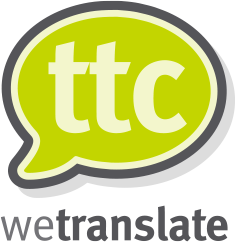
When you decide that your material needs to be translated you’re at the beginning of a journey. This is the story of how translating works.
Step 1: The brief
To get the best possible results you’ll need to put together a brief to ensure that the translated material is fit for purpose. This doesn’t have to be an epic report that’s twice as long as the material to be translated – it can be half a page, if that’s all that’s needed.
Typically, it helps us to know:
- How you’ll be using the material – on flyers, a website, online forum, in product packs, for brochures, a sales pitch or something else.
- Which country or countries you’re aiming for – Arabic is different in different countries, so are French, German, Dutch and English. It’s important that our project managers know which nationalities will be reading your material in order to assign the right translators.
- How you want the material delivered – in a Word document, laid out for publication, as text only, etc.
- Your deadline for delivery of the translated material.
Step 2: Your quote
We take a look at the material and do a thorough analysis to ensure you don’t pay for repetitive material. You’ll get this promptly and be advised of who will be your project manager so you have one point of contact.
Once you approve the quote the show is on the road!
Step 3: Getting the translation done
Your project manager assigns the project to one or more translators and they discuss the project before getting started. Sometimes when there is a large quantity of material to translate more than one translator is involved, in order to save time.
The translation is done by a translator who speaks the target language as a native and is fluent in the source language. This ensures that any colloquialisms and odd phraseology are translated accurately.
The translator does a complete check of their work and completes a quality assurance checklist.
Step 4: Checking the quality
If you’ve chosen a premium option a second translator will examine the translation to ensure it is fit for purpose and accurate.
The project manager will also do a final formatting check to ensure it meets the requirements of the brief.
Step 5: Over to you!
It’s all delivered to you in the format you’ve requested.
So that’s how it works – are you ready to start writing your brief?

